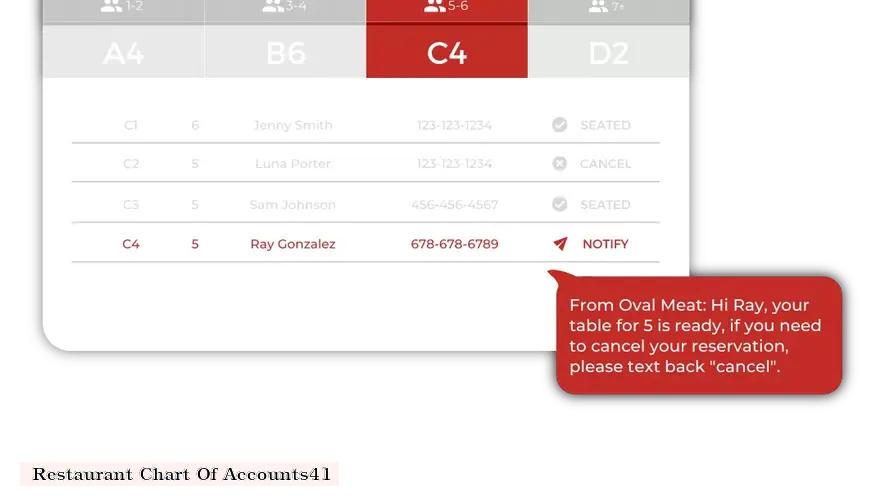

A chart of accounts is a financial organization tool that lists every account in an accounting system, categorizing them based on the type of transaction involved. In the context of a restaurant business, a chart of accounts is particularly important as it helps to track revenue streams, expenses, and overall financial performance.
Here are some key accounts that should be included in a restaurant chart of accounts:
1. Assets: This category includes all of the resources that a restaurant owns or controls, such as cash, accounts receivable, inventory, and property, plant, and equipment.
2. Liabilities: This category includes all of the debts and obligations that a restaurant owes to others, such as accounts payable, loans, and accrued expenses.
3. Equity: This category represents the residual interest in the assets of the business after all liabilities have been paid. It includes items such as contributed capital, retained earnings, and owner's equity.
4. Revenue: This category includes all of the income that a restaurant generates from its operations, such as food and beverage sales, catering, and delivery.
5. Cost of Sales: This category includes all of the costs directly related to the production of the food and beverages sold by the restaurant, such as food and beverage purchases, labor costs, and packaging expenses.
6. Operating Expenses: This category includes all of the other expenses incurred by the restaurant, such as rent, utilities, marketing, and salaries and wages.
Having a well-organized chart of accounts can help a restaurant manager track financial performance, identify trends and opportunities for improvement, and make informed decisions about pricing, menu development, and other aspects of the business. It is important to regularly review and update the chart of accounts to ensure that it accurately reflects the evolving needs of the restaurant.
Overall, a chart of accounts is a critical tool for any restaurant business looking to effectively manage its finances and achieve long-term success.
DISCLAIMER: This information is provided for general informational purposes only, and publication does not constitute an endorsement. Kwick365 does not warrant the accuracy or completeness of any information, text, graphics, links, or other items contained within this content. Kwick365 does not guarantee you will achieve any specific results if you follow any advice herein. It may be advisable for you to consult with a professional such as a lawyer, accountant, or business advisor for advice specific to your situation.
today
Copyright © 2025 Kwick365.com
Designed by KwickPOS is the best restaurant POS